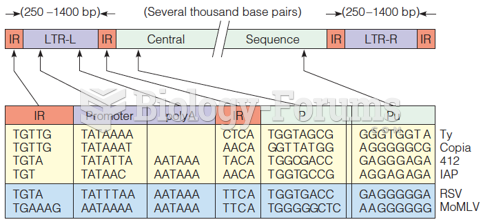Answer to Question 1
Multidirectionality states that development involves both growth and decline. For example, people's vocabulary tends to increase throughout life, but their memory skills weaken. Multidirectionality supports nature, discontinuity, and universal development. Plasticity states that one's capacity is not predetermined or carved in stone. Many skills can be learned or improved with practice, even late in life. Plasticity supports nurture, discontinuity, and universal development. Historical context states that each of us develops within a particular set of circumstances determined by the historical time in which we are born and the culture in which we grow up. Historical context supports nurture, context-specific development, and does not address the continuity-discontinuity issue. Multiple causation states that our development is the result of biological, psychological, sociocultural, and life-cycle forces. Multiple causation supports both nature and nurture, context-specific development, and does not address the continuity-discontinuity issue.
Answer to Question 2
Together, parents should explain to their children why they are divorcing and what their children can expect to happen. They should reassure children that they will always love them and always be their parents. Parents should encourage children to discuss their feelings about the divorce with them. To help children deal with divorce, parents should not compete with each other for their children's love and attention. Children adjust to divorce best when they maintain good relationships with both parents. Parents should neither take out their anger with each other on their children nor criticize their ex-spouse in front of the children. Finally, parents should not ask children to mediate disputes or put them in the middle.







